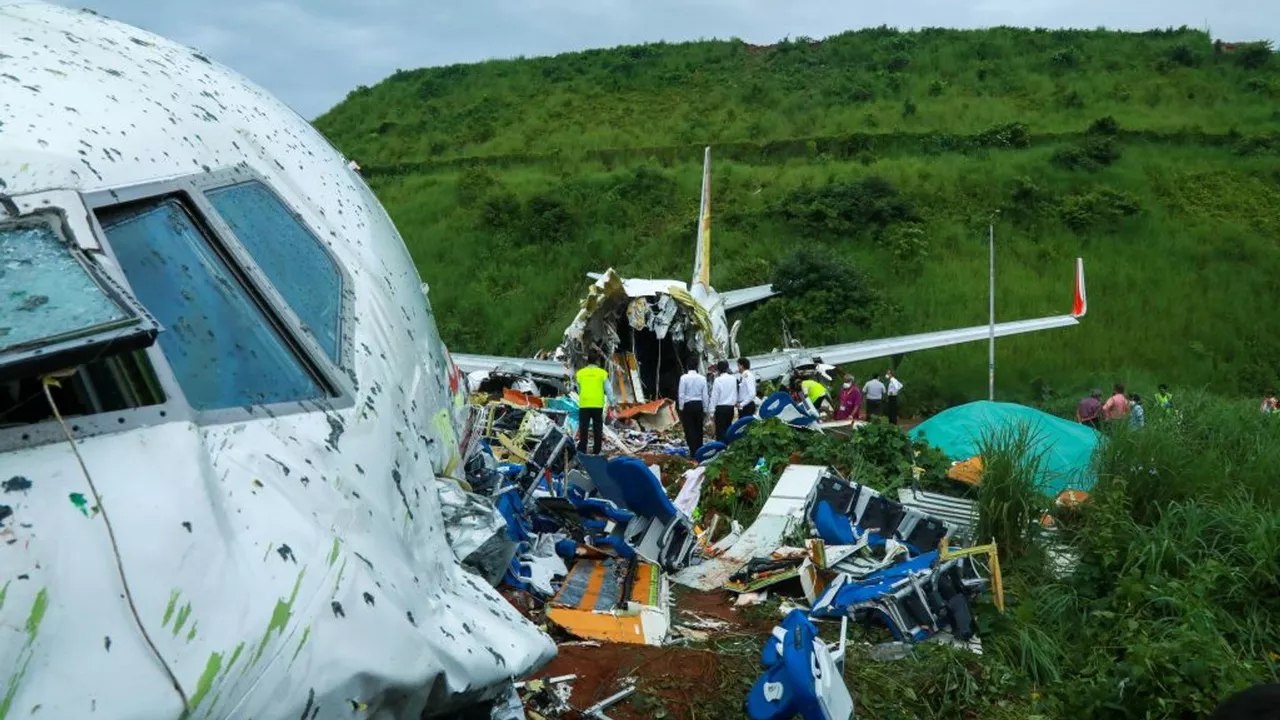
An Overview of the Tragic Air India Plane Crash
The Air India plane crash in Kerala is a tragedy that shocked the world. As a blogger who follows aviation news closely, I was devastated to learn about the accident. In this article, I will explore the various factors that contributed to the crash and discuss the lessons that we can learn from this unfortunate event. I believe that understanding the root causes of such accidents is crucial in preventing similar tragedies in the future. So, let's dive into the details of the Air India plane crash in Kerala.
The Weather Conditions on the Day of the Crash
On the day of the crash, the weather in Kerala was far from ideal for flying. The region was experiencing heavy rainfall, which significantly reduced visibility for the pilots. Additionally, there were strong gusts of wind that made it difficult for the aircraft to maintain a stable flight path. These adverse weather conditions played a significant role in the eventual crash of the Air India plane. A thorough investigation into the incident revealed that the pilots were struggling to land the aircraft in such challenging circumstances. As we discuss the other factors that contributed to the crash, it's essential to keep in mind that the weather was a crucial element in this tragic event.
The Challenging Topography of Kozhikode Airport
Kozhikode Airport, also known as Calicut International Airport, is known for its challenging topography. The airport is situated on a plateau, surrounded by valleys and hills. This unique landscape makes it difficult for pilots to navigate during takeoff and landing, especially in adverse weather conditions. On the day of the Air India plane crash, the pilots were attempting to land on a wet runway, which further complicated the situation. The slippery surface made it difficult for the aircraft to come to a complete stop, causing it to overshoot the runway and crash into a valley.
Pilot Experience and Training
Another factor that contributed to the Air India plane crash in Kerala was the experience and training of the pilots. The captain of the flight had logged over 10,000 hours of flying time, while the co-pilot had more than 4,000 hours. However, it's essential to consider the specific experience they had in dealing with the challenging conditions at Kozhikode Airport. While both pilots had flown to this airport before, it's unclear whether they had prior experience landing in such severe weather. Proper training and familiarity with the airport's unique challenges are crucial in ensuring a safe landing, especially in adverse conditions.
Technical Issues with the Aircraft
Although the primary cause of the crash was attributed to the weather and the challenging topography of Kozhikode Airport, it's essential to consider whether there were any technical issues with the aircraft itself. The plane involved in the crash was a Boeing 737-800, a widely used model in commercial aviation. Investigations into the incident did not reveal any significant technical faults with the aircraft, but it's important to consider whether any minor issues may have contributed to the crash. For example, the plane's braking system may have been compromised due to the wet runway, making it difficult for the pilots to bring the aircraft to a stop.
Communication Between Air Traffic Control and the Pilots
Effective communication between air traffic control and pilots is crucial for ensuring a safe landing, especially in challenging conditions like those experienced during the Air India plane crash in Kerala. The investigation into the incident found that the pilots had been in contact with air traffic control throughout the approach, but it's unclear whether they received sufficient guidance on how to handle the challenging weather and topography. This raises questions about whether better communication could have helped prevent the crash.
Lessons Learned and Future Safety Measures
In the wake of the Air India plane crash in Kerala, it's essential to reflect on the lessons learned from this tragedy and implement changes to improve aviation safety. Better training for pilots on how to handle the specific challenges of Kozhikode Airport and adverse weather conditions is a crucial first step. Additionally, improving communication between pilots and air traffic control can help ensure that they receive the guidance they need to navigate safely. Finally, regular maintenance and inspections of aircraft are essential to identify and address any potential technical issues. By taking these steps, we can work towards preventing similar tragedies in the future and ensuring the safety of all passengers and crew.